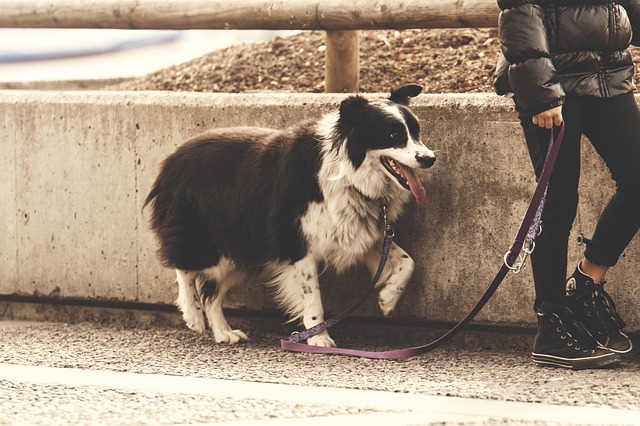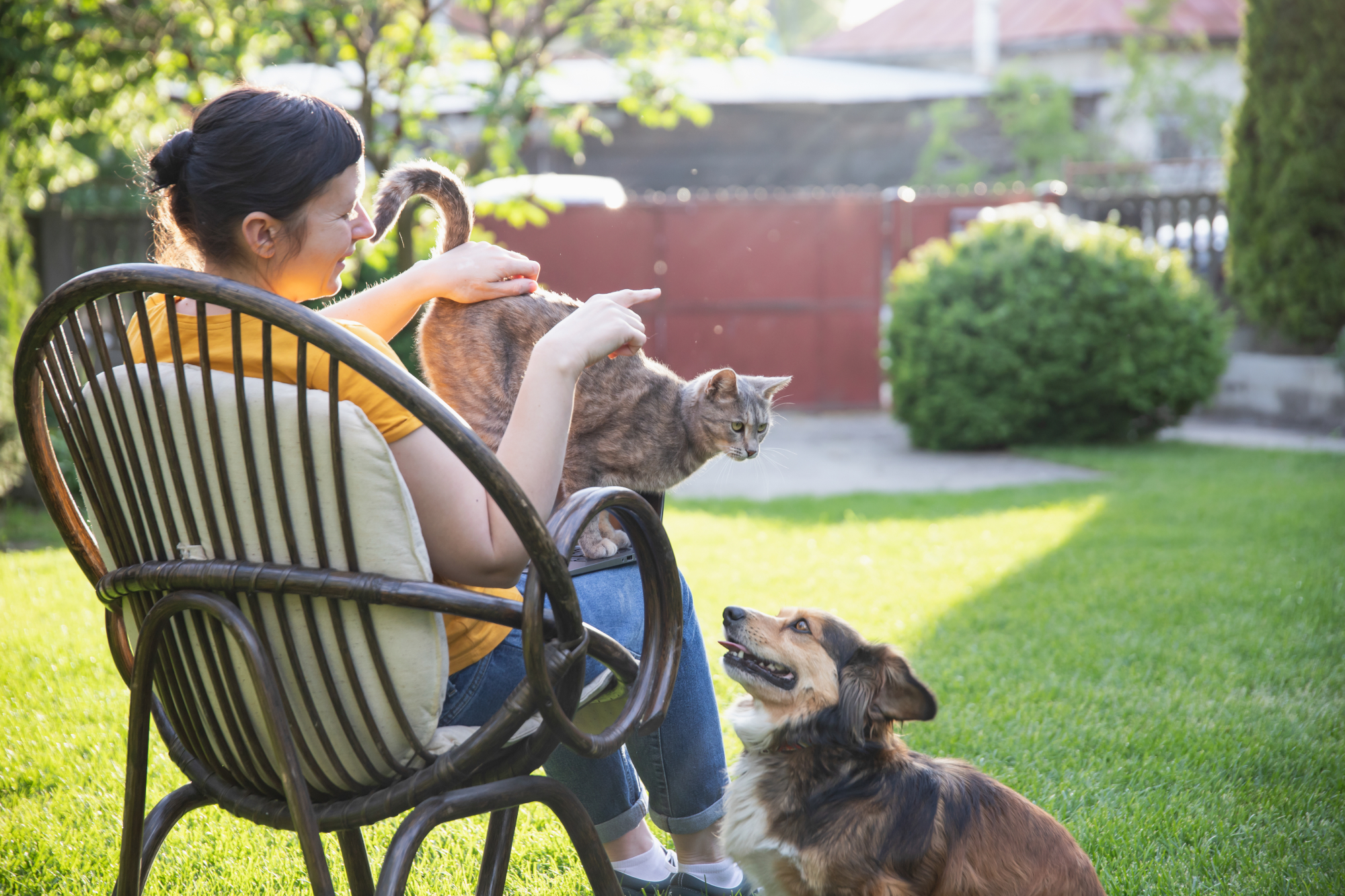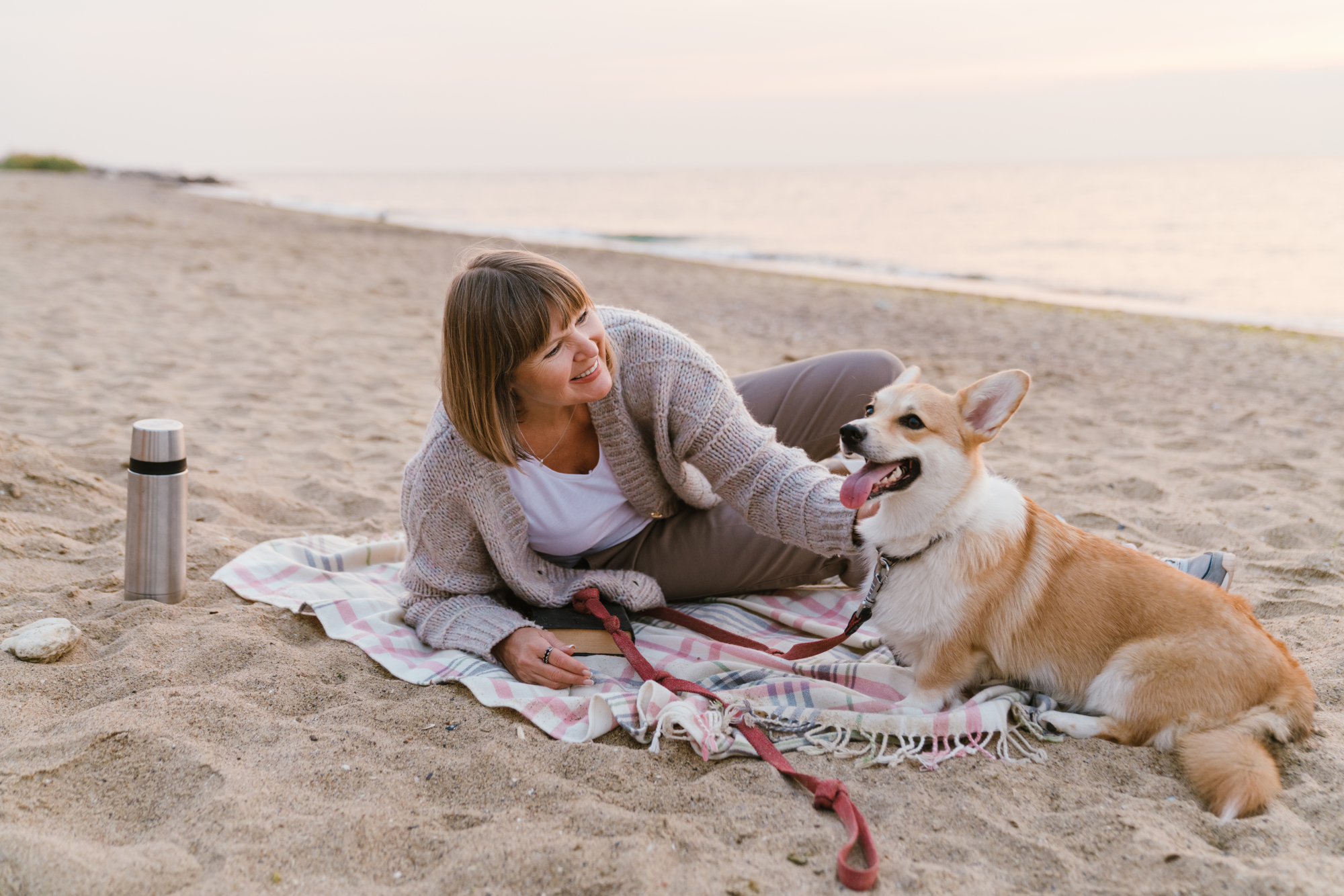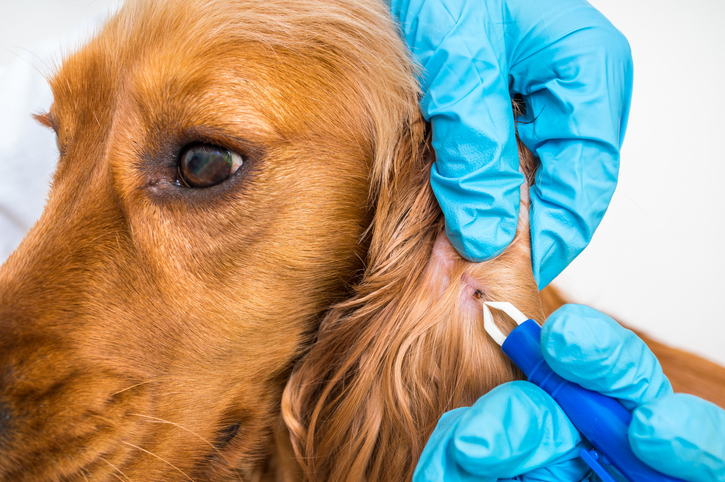When it comes to walking your dog, nothing is more panic-inducing than finding out your dog has been hurt by accident. If something happens to your dog, the very first thing you must do is to try not to panic and talk to them soothingly.
These simple emergency tips will help you reduce your pet’s anxiety in such situations and avoid further injury. Bring your pup to a veterinarian if you need their professional help.
Be Prepared for Accidents
No matter where you take your pooch for a walk, it’s best to be prepared for anything. Accidents can still happen even if you’re careful. Along with your water bottle, your “pooper scooper,” poop bags, and a collar and leash for your dog, here are some other useful items you should include on your dog-walking adventures:
- Tweezers
- Styptic powder or a pencil, or cornstarch
- A small hand towel
- A couple of non-adhesive absorbent dressings
- A box of sterile absorbent gauze
- A roll of first aid tape
- A muzzle (only for extreme cases)
- ID on you and your pet’s ID on their collar and/or placed on them as a microchip
- A phone with your veterinary clinic’s phone number in your contacts list
Call your vet immediately if an accident occurs and you do not feel comfortable treating the wound yourself. It is advised to take your pet to the vet to be checked out after any accident or serious incident (for example a bug bite).
What Can Happen and What You Can Do About It
In all cases—torn nail, skunk encounter, etc.—the first thing to do is to ensure your own safety as well as your pup’s. Stay calm, approach your pet slowly, and talk soothingly to them. Frightened, pain-stricken pets will usually try and bite anyone who touches them, including you, the pet parent. Talk gently to your pet and if he or she snaps when you reach out, you may try putting a cloth over their face or putting a muzzle on them, being careful not to hurt them in the process.
Situation – Torn Nail
Response – Remain calm. Examine your dog’s paw if you see the following signs of a torn nail: holding a paw in the air while on your walk, limping, visibly leaning on favored paws, constant paw licking, visible swelling, and resistance to your examining their injury. Some torn nails cause bleeding and these are very painful to your dog at the touch.
Wrap up the paw in a loose-fitting bandage or even a sock with Scotch tape. Styptic powder or cornstarch is okay to use on minor quick injury at the tip of the nail, but any nail injury should still be examined by a vet for signs of further injury. A loose bandage is acceptable for transport.
If the nail has been torn to the quick (the pink fleshy part inside of the nail), bring your pup to a veterinary clinic ASAP. Follow your vet’s at-home care instructions exactly to prevent infection.
Situation – Skunk Spray
Response – Keep your dog outside of the house so as to avoid the foul odor from going inside. Apply an over-the-counter smell neutralizer, or tomato juice, or vinegar diluted in water, or a mix of 1-quart 3% hydrogen peroxide, 1/4 cup baking soda, and 1 teaspoon dishwashing soap on to your dog as soon as possible (wear rubber gloves and don’t get these mixes in their eyes!).
Rinse out any of the aforementioned products and then bathe your dog in a dog-friendly shampoo (again, without getting it in their eyes). Wash your clothing if the smell rubbed off onto you with regular detergent and half a cup of baking soda.
If the spray got in your pup’s eyes and mouth directly, bring them to a veterinarian immediately as the skunk spray can cause nausea, vomiting, and irritated eyes.
Situation – Splinter
Response – Similarly to the torn nail, it’s best to remain calm and examine your pooch for signs such as favoring a paw, limping, etc. The tricky thing about splinters however is that bleeding is not an obvious sign, and some splinters are so tiny they can be tough to find.
Always use a calm, soothing voice as you examine your pup’s paw thoroughly. Gently clean their paw with warm, soapy water and a clean towel. Do not remove the splinter yourself, because if it breaks and a portion is left behind in the foot, it could cause infection and extend healing time. It’s best to bring them to your veterinarian so they can remove the splinter or recommend alternatives if it’s dug in too deep.
Situation – Bug Bites or Stings
Response – identify the bug in question as treatment for the bite or sting will vary.
If it’s a flea, keep your dog outside upon discovery to avoid them from infesting your home! You can prevent fleas before going out by applying a topical solution regularly; your vet can do so at your clinic or you can apply them at home, but follow your vet’s instructions exactly.
If it’s a tick, do not remove it yourself if it’s latched onto your pooch. Bring them to a vet immediately.
If it’s a wasp or bee sting, remove the sting if it’s attached to your pup with a piece of flat cardboard or even the flat part of your debit or credit card. Do not use tweezers as it may squeeze the stinger and add more venom to the wound.
If it’s a spider bite, don’t treat it at home. Bring your dog to a veterinarian and be sure to identify what kind of spider bit your dog.
In all cases of bug bites, gently apply a mix of baking soda and water to relieve the pain. You can also use an ice pack or ice cube wrapped in a towel and apply to the stung or bitten area if it’s swelling or swollen. An oatmeal bath is recommended if there are multiple bites or stings.
If the bite or sting leads to infection or immediate allergic reaction, or in the case of ticks, bring your pup to a veterinarian ASAP.
In Case of Major Injuries
Major injuries such as road accidents, bites from other animals, broken bones, heatstroke—all of these situations are possible. If in the event they do happen, your dog will require immediate veterinary assistance. This is why we recommended microchips, ID, and having your veterinary clinic’s number on speed dial—in case emergencies such as these take place.
First aid classes are available if you’re interested in learning more about emergency tips for dogs and wounds, from minor ones like what we just described to major ones, and how to determine serious versus DIY situations.
In any case, you can be prepared with a few essential items in case your dog is wounded on a walk and you have to improvise with emergency treatment on the spot. Stay calm and help your dog stay calm. Always contact your veterinarian if you need assistance with your pup’s emergency.
Creative Commons Attribution: Permission is granted to repost this article in its entirety with credit to the Hastings Veterinary Hospital and a clickable link back to this page.






